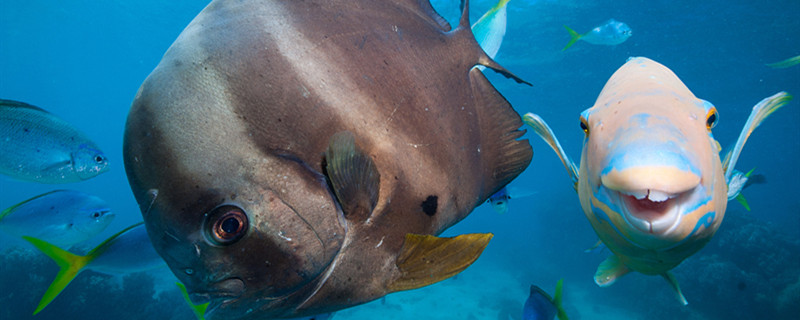
For most fish, the nose is its olfactory organ, known as the blind sac, which contains chemoreceptor cells. There are valves in the nostrils, which can be divided into two parts, which can enhance the sense of smell and make it better sense of the current, so as to judge the water quality and the condition of the surrounding fish by the amino acids in the water. It is worth mentioning that some fish breathe with gills, whose nostrils are connected to the mouth, so that they can breathe air through the nose.
1, flying fish: Yan ray, commonly known as flying fish, this fish's body is very long, the overall fusiform, its pectoral fins are particularly long, and very wide, up to the end of the anal fin, when the fins spread out, like the wings of dragonflies. This kind of fish can fly out of the water for a period of time when it is in danger.
2. Walking fish: Turtle shell climbing perch generally live in slow-flowing water. When the water dries up, this fish will rely on its pectoral fins, gill cover, and so on to crawl and move to new waters. It can also lurk in the mud. The gill organ of this fish is very developed, can breathe in the air, and will not die for a long time out of the water.
3, will call the fish: fish can make a sound, but their vocal organs are not fixed, so the sound is also strange. Boxfish, for example, can make a sound similar to a dog's bark, while electric catfish sounds like an angry cat. The gills of the gurnard trade like pigs, and the voice of the corvina is very changeable, sometimes like a drum, sometimes like a whistle.